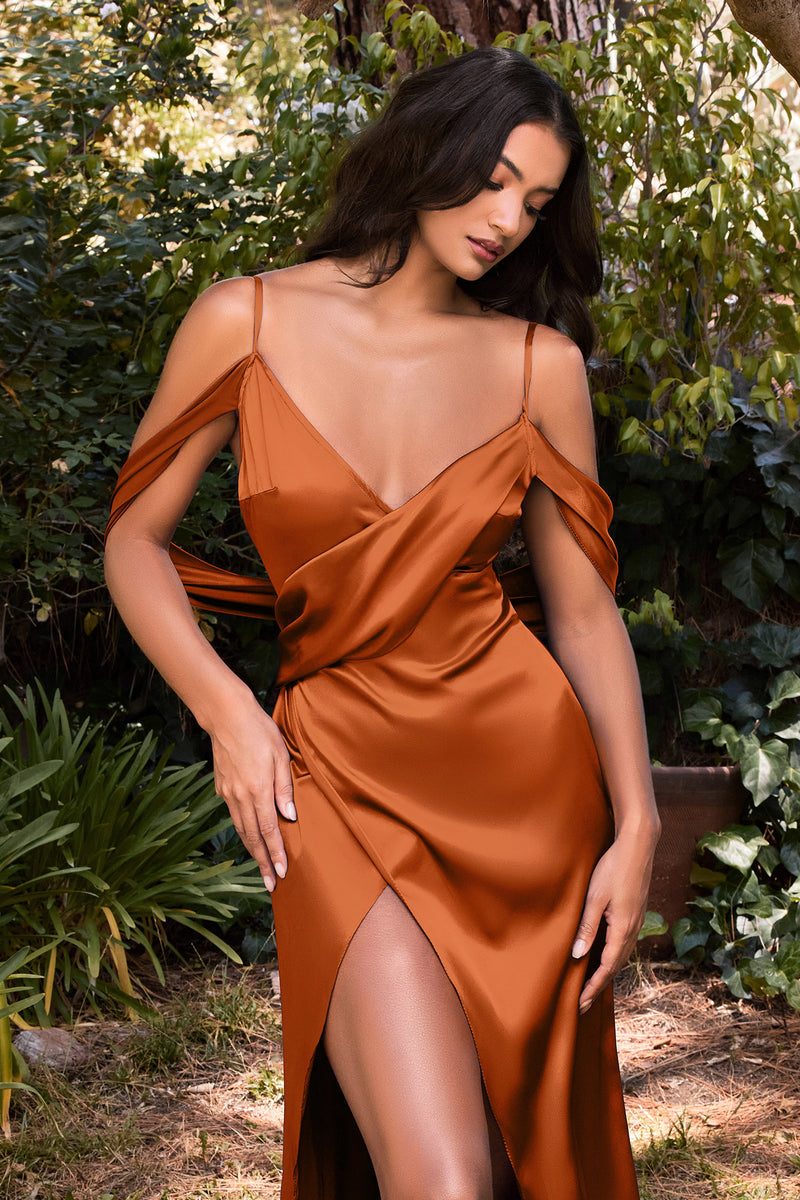
What Is Fashion? The Many Definitions.
What is Fashion? It's a word that can be defined in so many ways. For some, fashion is about following the latest trends and wearing the newest designer clothes. For others, it's all about expressing your unique sense of style. And for still others, fashion is simply a way to make a good impression. No matter how you define it, there's no denying that fashion plays an important role in our lives.
But what exactly is fashion? Where did it come from? And why does it matter? In this blog post, we'll take a look at the many different definitions of fashion and explore its history, evolution, and impact on our lives today. So whether you're a fashionista or just someone who's curious about the topic, read on to learn more!
What Is Fashion? A Definition
The word "fashion" can be used in a variety of ways. Most commonly, it refers to the style of clothing, accessories, and makeup that people wear. It can also refer to the trends that are popular at any given time. For example, crop tops were once considered to be "in fashion," but now they're considered to be "out of fashion."
Fashion can also be used to describe the way people dress in general. For example, you might say that someone has a "good fashion sense" if they always look put together and their clothes match well. Alternatively, you might say that someone has a "bad fashion sense" if they tend to wear mismatched or dated clothing.
In addition to referring to clothing and trends, the word "fashion" can also be used to describe other things that are popular at a given time. For example, "the latest fashion in home décor" might refer to the trend of minimalism that has been popular in recent years. Similarly, "the latest fashion in music" could refer to the popularity of streaming services like Spotify and Apple Music.
So as you can see, the word "fashion" can mean different things to different people. But despite its many definitions, there are a few things that all forms of fashion have in common...
Common Elements of Fashion
Whether you're talking about clothing trends or home décor trends, there are certain elements that are common to all forms of fashion. These elements include:
- Aesthetics: The way something looks is often just as important as how it functions. When it comes to fashion, this means that people are often drawn to items that are visually appealing.
- Functionality: While aesthetics are important, most people also want their clothing and other items to serve a purpose. For example, people want their clothes to keep them warm in the winter or cool in the summer.
- Cost: Not everyone can afford designer clothes or high-end home décor items. As a result, many people look for ways to get the same look for less money. This might involve finding cheaper alternatives to expensive items.
- Durability: People don't want their clothes falling apart after just a few washes or their furniture falling apart after just a few months of use. When choosing fashionable items, people often look for something that will stand the test of time.
These are just some of the elements that are common to all forms of fashion. Now let's take a look at the history of this ever-changing industry...
The History of Fashion
Fashion is not something that appeared out of nowhere; it has a long and rich history dating back thousands of years. Here's a brief overview:
- Early History: The first evidence of human beings using clothing dates back around 100,000 years ago during the Ice Age. At first, clothes were made out of animal skin and were used primarily for warmth and protection against the elements. Over time, however, humans began developing new technologies (like sewing needles) and materials (like cloth), which led to more sophisticated clothing designs. By around 10,000 BCE, humans had developed elaborate clothing styles complete with jewelry, hats, and other accessories.
- The Middle Ages: During the Middle Ages (which lasted from around 476 CE – 1400 CE ), European countries began developing their own distinct styles of dress. This was due in part to the fact that travel was more limited during this time period, which meant that people were less exposed to foreign influences. As a result, each region developed its own unique style. For example, wealthy women in England during this time period would often wear long dresses with intricate designs, while women in Italy would wear shorter dresses with simpler designs.
- The Renaissance: The Renaissance was a period of great change and creativity, which is reflected in the fashions of this time period. Perhaps one reason for this is that travel became more common during the Renaissance, which exposed people to new cultures and influenced their own style choices. Another reason may be due largely in part due to an increase in wealth during this time period, which allowed people to buy more expensive and elaborate clothing. Whatever the reason, fashions changed rapidly during The Renaissance, with new styles appearing almost every year.
- The 18th Century: The 18th century was marked by great changes in both politics and culture. This is reflected in changes in fashion; specifically, men’s fashions became much more ornate during this time period. One reason for this may be that wealthy men began to compete with one another to see who could have the most expensive and fashionable wardrobe. Another reason may be because of increased trade between Europe and Asia during this time period, which exposed Europeans to new styles of dress.
- The 19th Century: During The 19th century, both men’s and women’s fashions changed drastically. One major change was an increase in both the length and width of skirts; skirts became so wide that they were often compared To “bells” and “wheelbarrows”. Another change was an increase in both the number and variety of colors and patterns being used in clothing; previously, most clothes had been either black or white with very little embellishment. This increased use of color and pattern was largely due to new printing technologies that were developed during the Industrial Revolution.
-The 20th Century: If the 19th century was marked by drastic changes In fashion, then the 20th century was even more so! This is because the 20th century saw even more advances In technology, which led to even more changes in both how clothes were made and how they looked. One major change was mass production; thanks to new sewing machines and other industrial technologies, factories were able to mass-produce clothing quickly and cheaply. This made fashionable clothes available to many more people than ever before. Another major change was synthetic fibres; these fibres could be made into all sorts of different fabrics with all sorts of different properties ( such as being waterproof or wrinkle-resistant ). These synthetic fibres also allowed designers to create all sorts of new styles of clothing that would have been impossible to make with natural fibres alone.
-The 21st Century: We are only two decades into the 21st century, but already we have seen some major changes in fashion thanks to advances in technology. One major change has been online shopping; thanks to websites like ours, people can now buy clothes online without ever having to step foot into a store! Another change has been 3D printing; This technology is still in its infancy but already designers are experimenting with 3D printed fabrics and accessories! Who knows what other changes we will see in fashion over the next few decades? Only time will tell…
Thanks for reading and we hope this helped give you a bit more insight into the meaning of fashion!


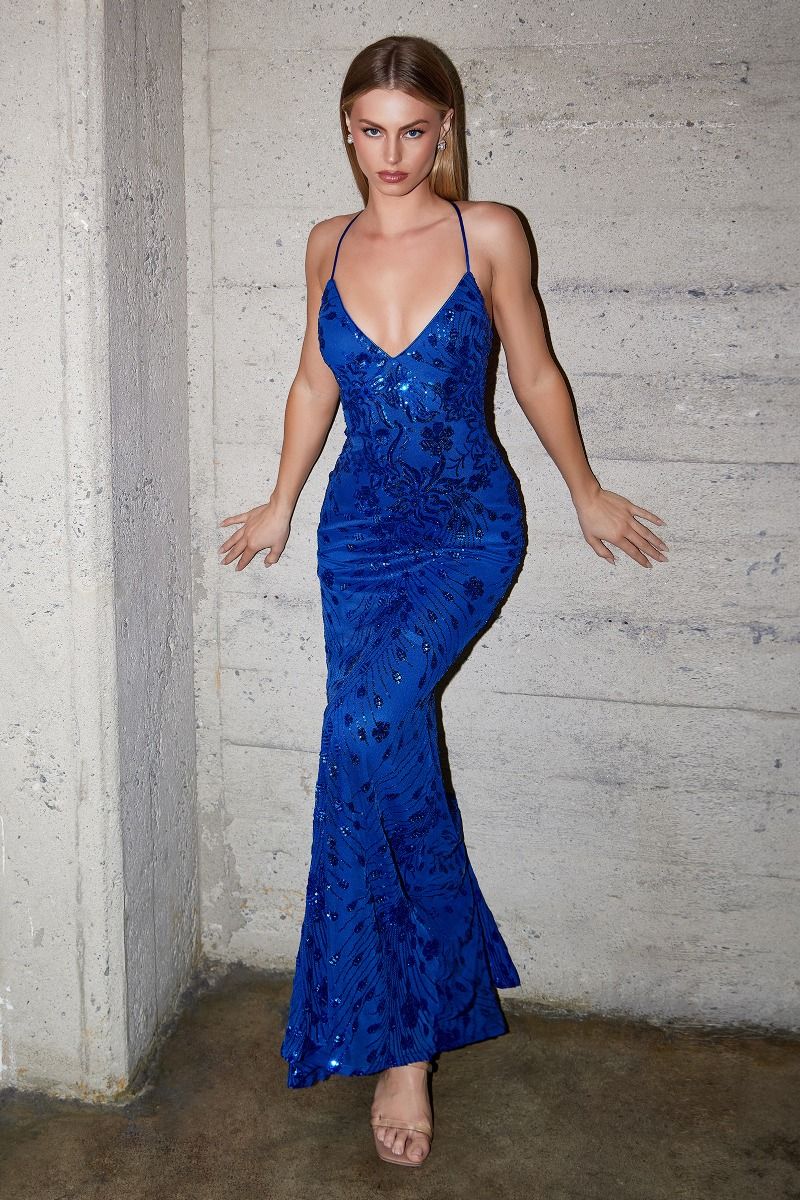
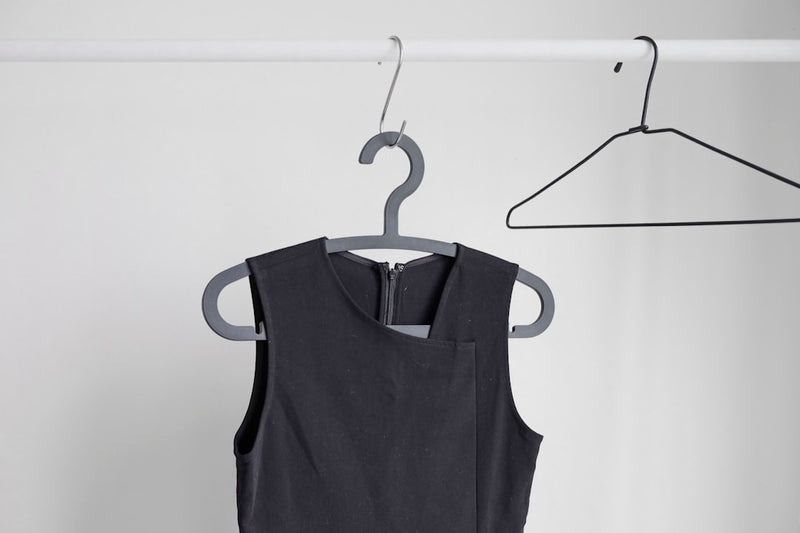
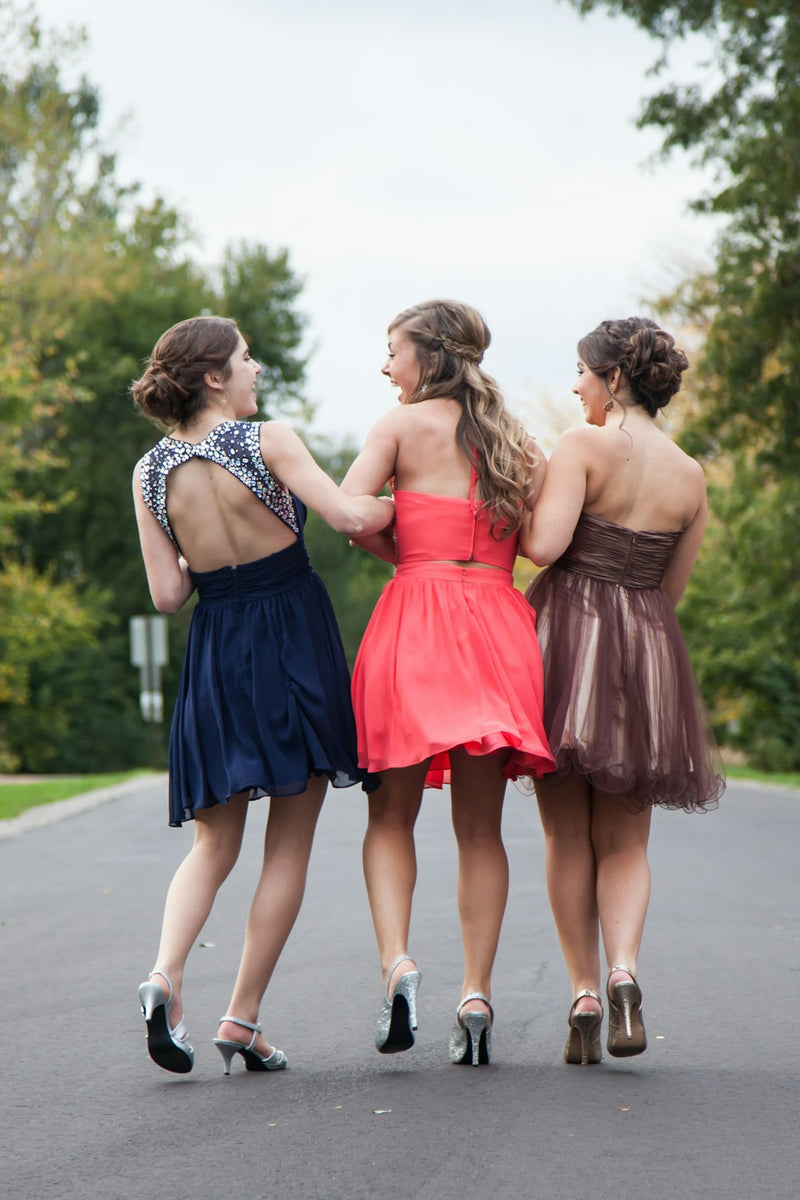
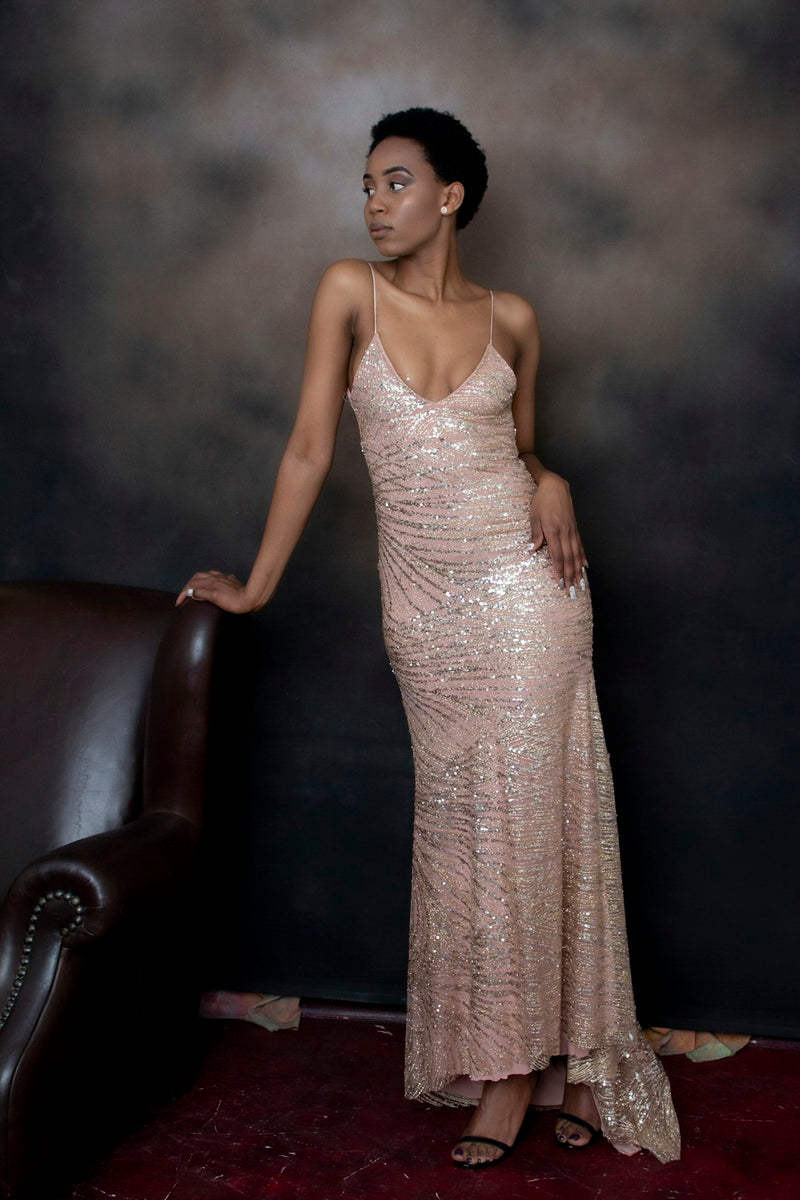

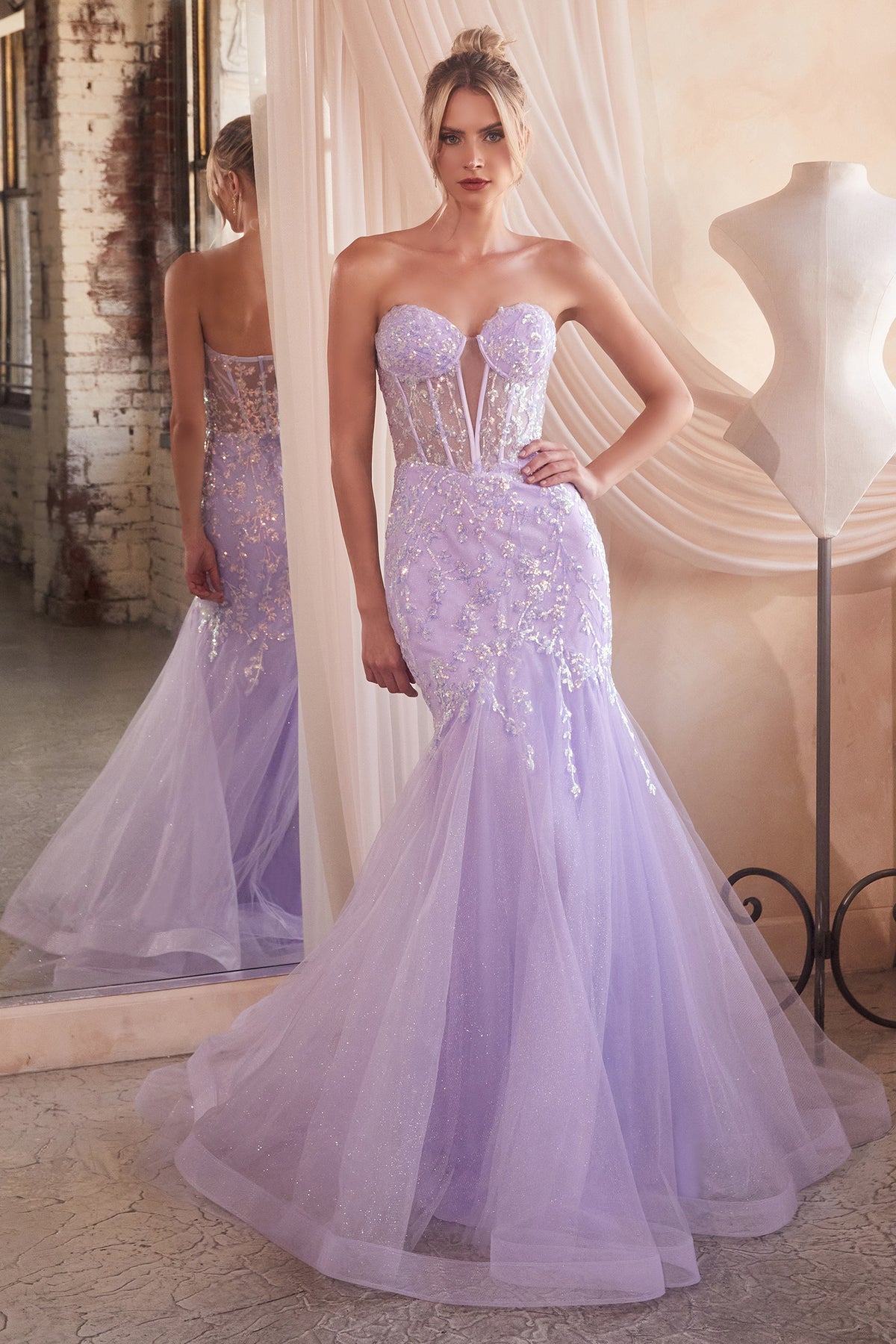
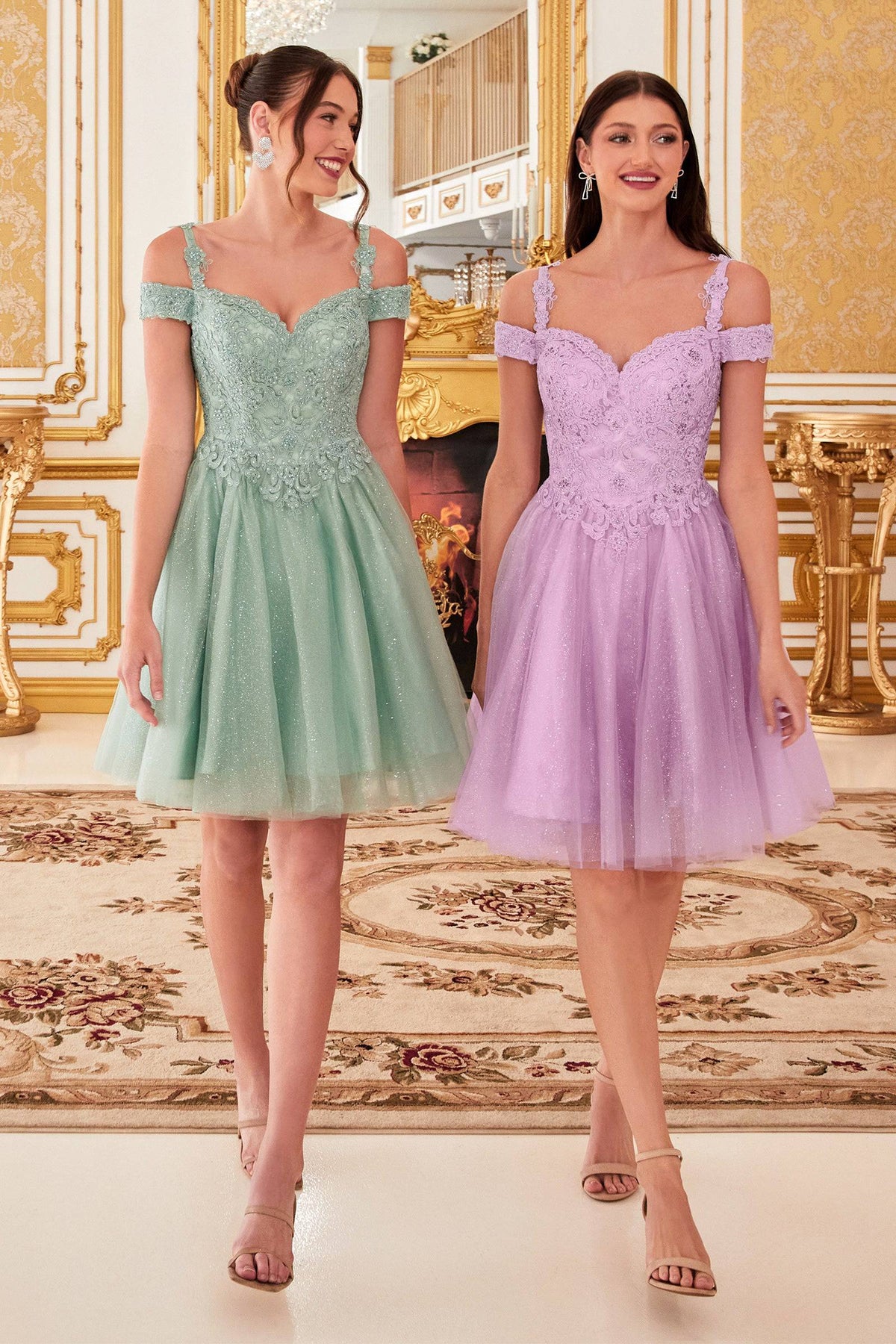
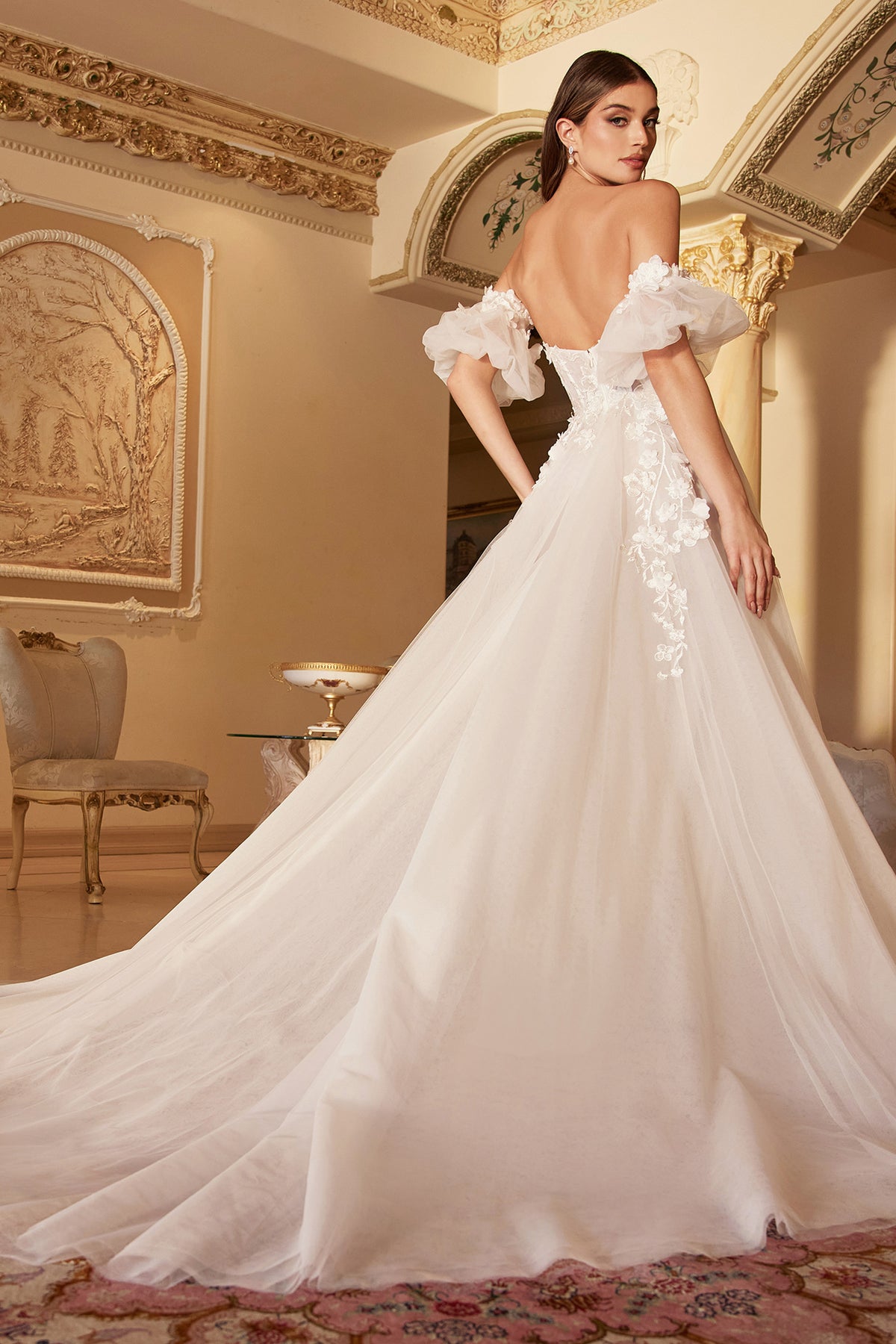
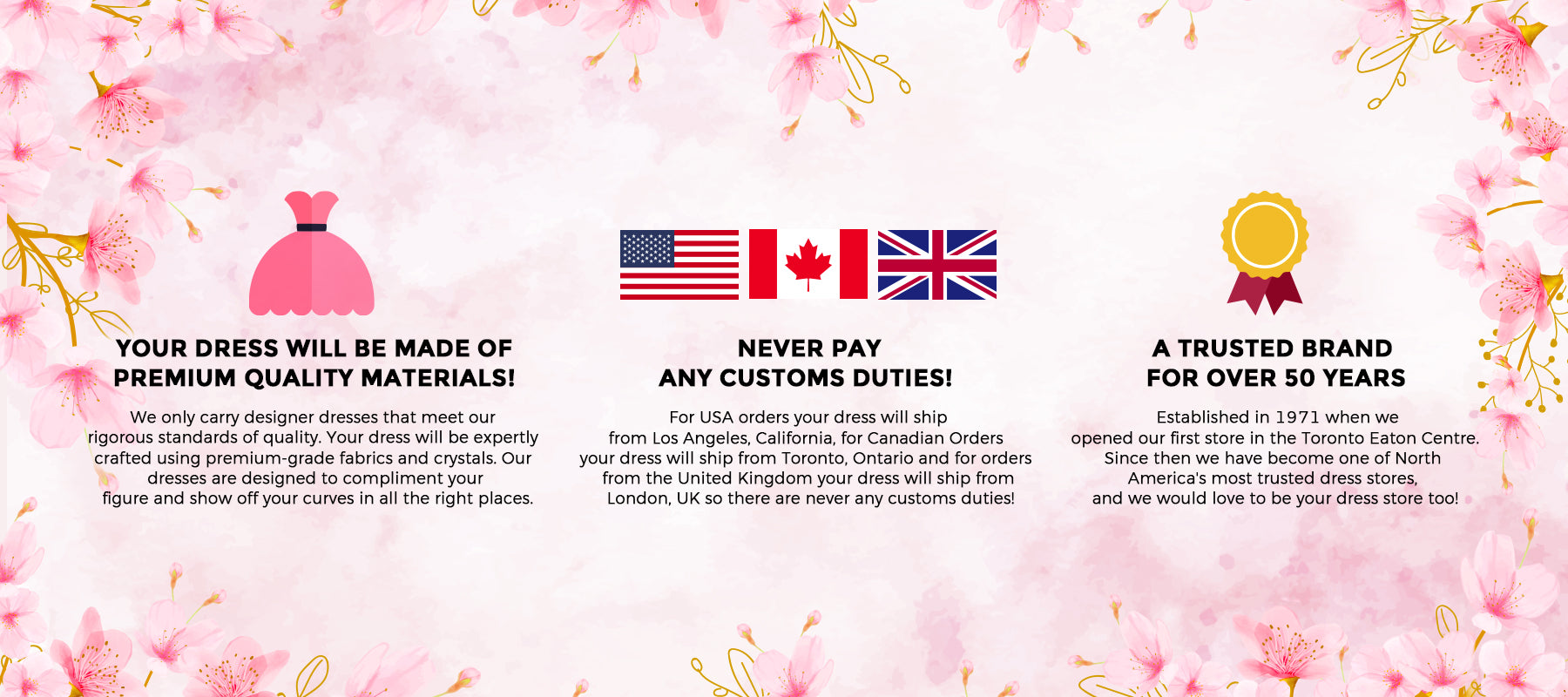
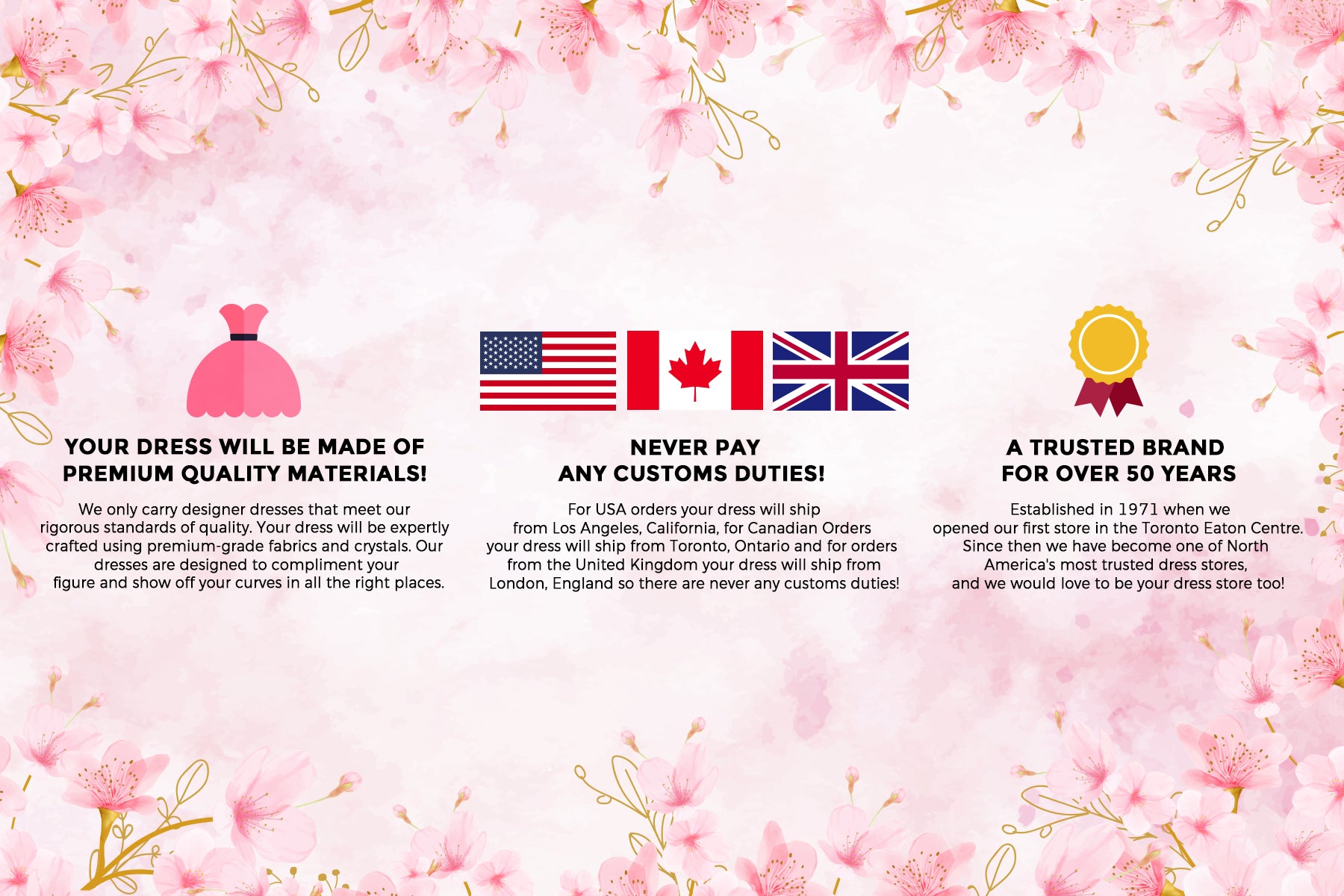
0 comments